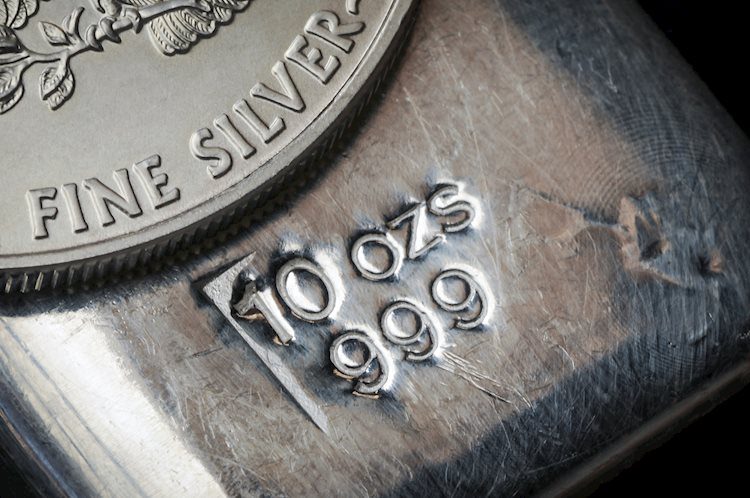Silver price took a hit as investors reacted to hawkish interest rate guidance in the FOMC minutes, resulting in a sharp decline to near $30.20. However, analysts believe that this impact will be temporary as it was based on higher inflation data from the first quarter, which has since seen a decline. This has led to a stabilization in Silver prices as policymakers keep a close eye on inflation rates, which are on track to return to the desired 2% level.
As a result of soft inflation data, 10-year US Treasury yields have dropped, making non-yielding assets like Silver more attractive. This has helped to cushion the fall in Silver prices and provide support to the market. Additionally, the US Dollar Index has also weakened as investors anticipate a reduction in interest rates by the Fed starting from the September meeting. This has led to a decline in the Dollar Index despite lower Initial Jobless Claims being reported by the US Department of Labor.
From a technical analysis perspective, Silver is trading in a Rising Channel chart pattern on a daily timeframe, with the 20 and 50-day EMAs suggesting a bullish trend. The RSI is also in the bullish range, indicating positive momentum for Silver prices. This suggests that each pullback in Silver prices presents a buying opportunity for investors looking to capitalize on the bullish trend in the market.
Overall, while Silver prices initially fell in reaction to hawkish FOMC minutes, the market has stabilized as investors reassess the impact of higher inflation data. With soft inflation data and expectations of a Fed rate cut, Silver prices have found support and are trading in a bullish trend on technical indicators. This presents an opportunity for investors to consider buying Silver as a safe-haven asset in the current economic climate.











